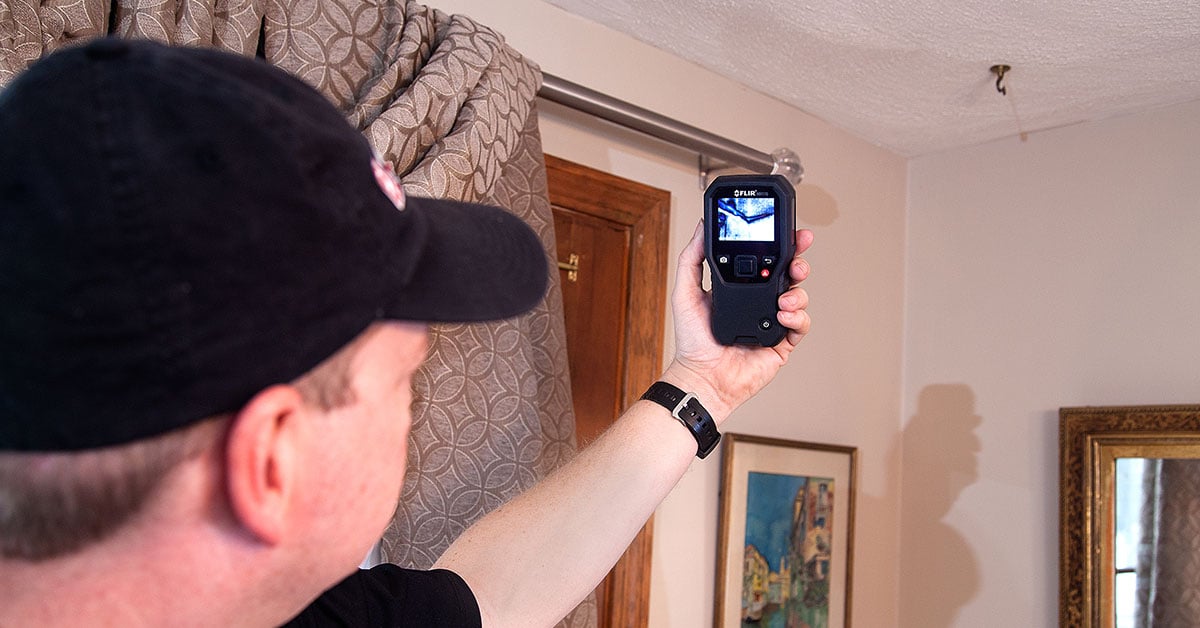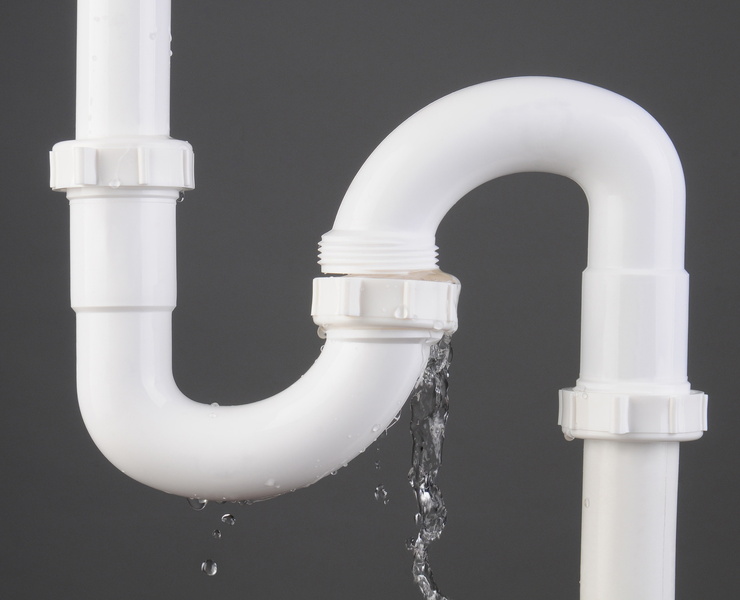6 Ways to Locate Hidden Water Leakages in Your Residence
6 Ways to Locate Hidden Water Leakages in Your Residence
Blog Article
Just how do you really feel in regards to Hacks to detect leaks?

Early discovery of leaking water lines can minimize a potential catastrophe. Besides conserving you cash, it will minimize the stress as well as irritation. The minute you find a leakage, calling your plumber for fixings is the most effective remedy. Some tiny water leakages may not be visible. If you can not detect it with your nude eyes, right here are some hacks that help.
1. Examine the Water Meter
Every residence has a water meter. Inspecting it is a proven way that helps you uncover leakages. For beginners, shut off all the water sources. Guarantee no one will purge, use the tap, shower, run the cleaning maker or dish washer. From there, most likely to the meter and watch if it will certainly change. Considering that no person is using it, there should be no motions. That shows a fast-moving leakage if it relocates. If you detect no changes, wait an hour or two as well as inspect back once again. This implies you might have a slow leak that might even be below ground.
2. Check Water Consumption
If you spot unexpected adjustments, in spite of your intake being the same, it indicates that you have leakages in your plumbing system. An unexpected spike in your costs indicates a fast-moving leak.
A consistent rise every month, also with the very same behaviors, reveals you have a slow-moving leakage that's likewise slowly escalating. Call a plumber to thoroughly check your residential property, specifically if you really feel a cozy area on your floor with piping below.
3. Do a Food Coloring Examination
When it comes to water intake, 30% comes from commodes. If the color in some way infiltrates your dish throughout that time without flushing, there's a leak between the storage tank and dish.
4. Asses Exterior Lines
Do not forget to examine your outside water lines too. Needs to water leak out of the link, you have a loose rubber gasket. One little leak can waste bunches of water as well as surge your water costs.
5. Check and Examine the Scenario
Homeowners must make it a behavior to check under the sink counters as well as also inside cabinets for any type of bad odor or mold and mildew development. These 2 warnings indicate a leak so timely interest is called for. Doing regular inspections, even bi-annually, can save you from a major problem.
Inspect for stainings as well as weakening as the majority of home appliances and also pipes have a life span. If you believe dripping water lines in your plumbing system, do not wait for it to intensify.
Early discovery of dripping water lines can minimize a potential calamity. Some tiny water leaks might not be visible. Examining it is a surefire way that helps you uncover leakages. One little leakage can throw away bunches of water and also increase your water costs.
If you presume dripping water lines in your plumbing system, do not wait for it to intensify.
WARNING SIGNS OF WATER LEAKAGE BEHIND THE WALL
PERSISTENT MUSTY ODORS
As water slowly drips from a leaky pipe inside the wall, flooring and sheetrock stay damp and develop an odor similar to wet cardboard. It generates a musty smell that can help you find hidden leaks.
MOLD IN UNUSUAL AREAS
Mold usually grows in wet areas like kitchens, baths and laundry rooms. If you spot the stuff on walls or baseboards in other rooms of the house, it’s a good indicator of undetected water leaks.
STAINS THAT GROW
When mold thrives around a leaky pipe, it sometimes takes hold on the inside surface of the affected wall. A growing stain on otherwise clean sheetrock is often your sign of a hidden plumbing problem.
PEELING OR BUBBLING WALLPAPER / PAINT
This clue is easy to miss in rooms that don’t get much use. When you see wallpaper separating along seams or paint bubbling or flaking off the wall, blame sheetrock that stays wet because of an undetected leak.
BUCKLED CEILINGS AND STAINED FLOORS
If ceilings or floors in bathrooms, kitchens or laundry areas develop structural problems, don’t rule out constant damp inside the walls. Wet sheetrock can affect adjacent framing, flooring and ceilings.
https://www.servicemasterbyzaba.com/blog/how-to-detect-water-leakage-in-walls/

We were made aware of that report on Hacks to detect leaks from a friend on another blog. Enjoyed reading our posting? Please share it. Let someone else locate it. Many thanks for your time. Visit again soon.
Report this page